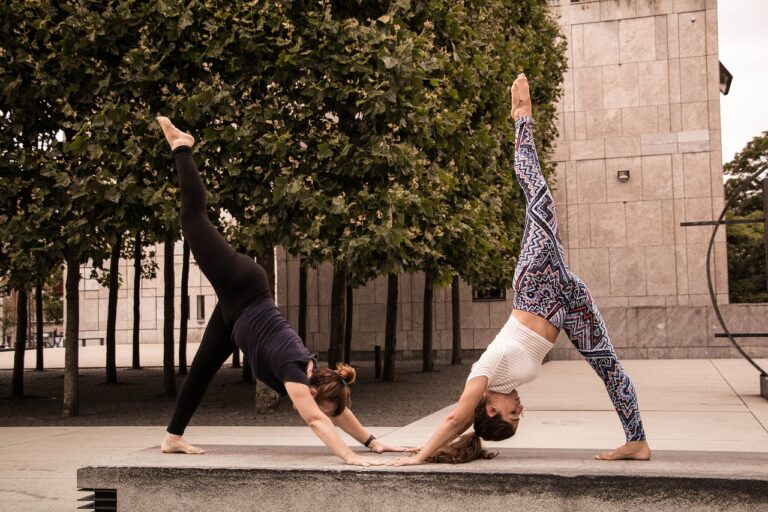Pattern Making for Sustainable Haute Couture: Ethical Practices and Design Solutions: Laser 247 new id login, Lotus betting sign up, 11xplay.pro
laser 247 new id login, lotus betting sign up, 11xplay.pro: As fashion consumers become increasingly conscious of the environmental impact of the industry, there is a growing demand for sustainable practices in haute couture. One key aspect of creating sustainable fashion is pattern making, as efficient use of materials can reduce waste and minimize the carbon footprint of each garment. In this article, we will explore ethical practices and design solutions in pattern making for sustainable haute couture.
The traditional approach to pattern making involves creating unique patterns for each garment, resulting in a high level of waste. By using computer-aided design (CAD) software, designers can optimize patterns to minimize waste and maximize the efficient use of materials. This not only reduces the environmental impact of production but also allows designers to create more sustainable pieces without compromising on quality or aesthetics.
Furthermore, designers can explore innovative techniques such as zero-waste pattern making, which eliminates any leftover fabric at the end of the production process. This approach requires a high level of skill and creativity but can result in truly unique and sustainable garments that resonate with eco-conscious consumers.
Another important aspect of sustainable pattern making is the choice of materials. Designers can opt for organic, recycled, or upcycled fabrics to reduce the environmental impact of their designs. By sourcing materials responsibly and working with suppliers who adhere to ethical practices, designers can create garments that are not only beautiful but also environmentally friendly.
In addition to using sustainable materials, designers can also incorporate ethical practices into their pattern making process. This includes ensuring fair wages and working conditions for all those involved in the production process, from pattern makers to seamstresses. By prioritizing the well-being of their workers, designers can create a more ethical and sustainable supply chain.
When it comes to design solutions, designers can experiment with modular and customizable patterns that allow for versatile styling options. By creating pieces that can be worn in multiple ways, designers can appeal to consumers looking for more sustainable and versatile wardrobe options. This approach also encourages conscious consumption, as consumers can invest in pieces that offer longevity and versatility.
In conclusion, pattern making plays a crucial role in creating sustainable haute couture. By adopting ethical practices, such as zero-waste pattern making and sourcing sustainable materials, designers can minimize the environmental impact of their designs while still delivering high-quality, aesthetically pleasing garments. Through innovative design solutions and a commitment to ethical practices, the haute couture industry can embrace sustainability and pave the way for a more environmentally conscious future.
FAQs:
Q: How can designers ensure that their patterns are truly sustainable?
A: Designers can ensure sustainability by using CAD software to optimize patterns, choosing eco-friendly materials, and prioritizing ethical practices throughout the production process.
Q: What are some examples of sustainable pattern making techniques?
A: Zero-waste pattern making, modular design solutions, and innovative use of recycled or upcycled materials are all examples of sustainable pattern making techniques.
Q: How can consumers support sustainable haute couture?
A: Consumers can support sustainable haute couture by investing in pieces that are ethically made, choosing brands that prioritize sustainability, and advocating for eco-friendly practices in the fashion industry.
Q: Can sustainable haute couture be affordable?
A: While sustainable haute couture may come at a higher price point due to the use of ethical practices and high-quality materials, investing in timeless pieces that are made to last can ultimately be more cost-effective in the long run.







